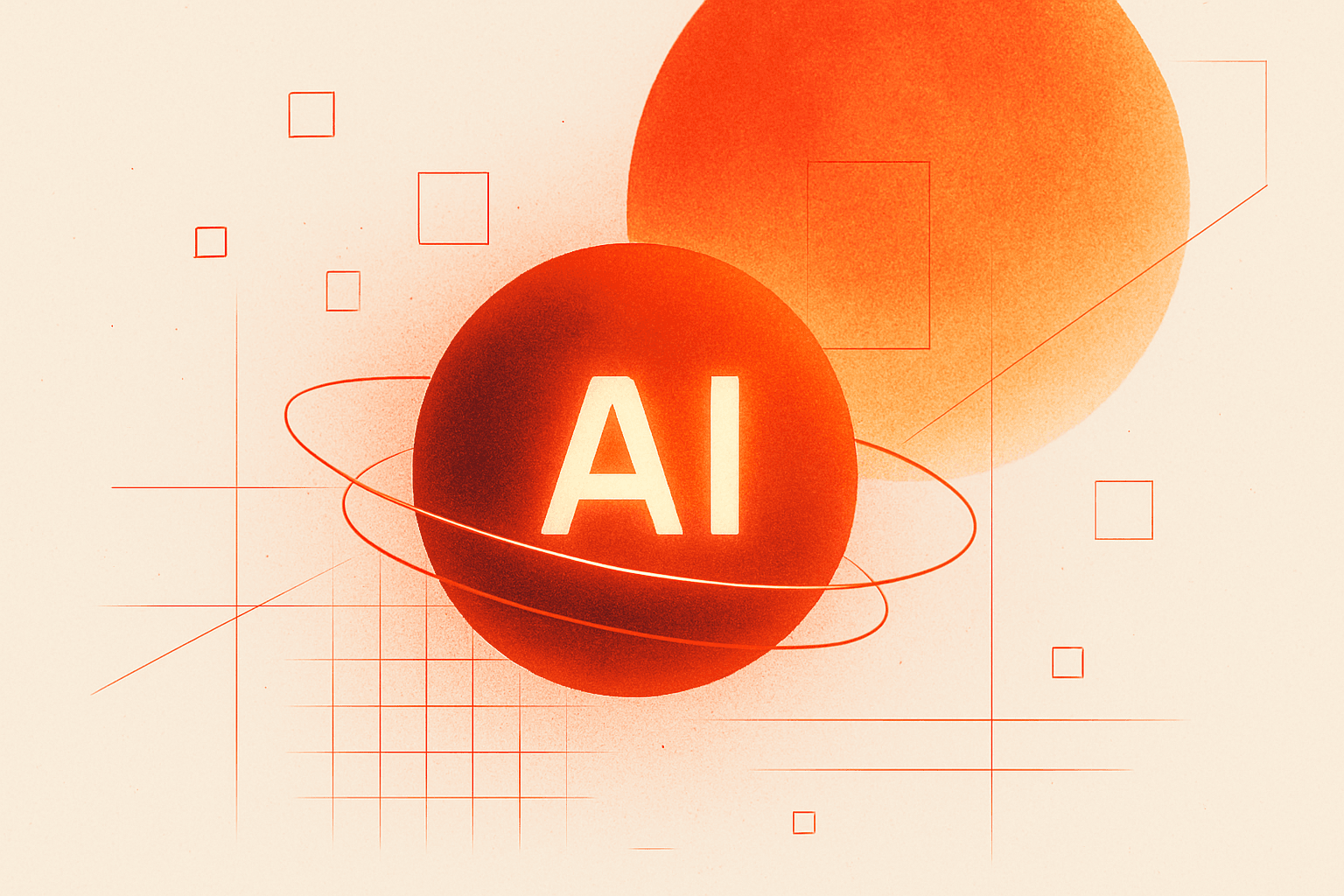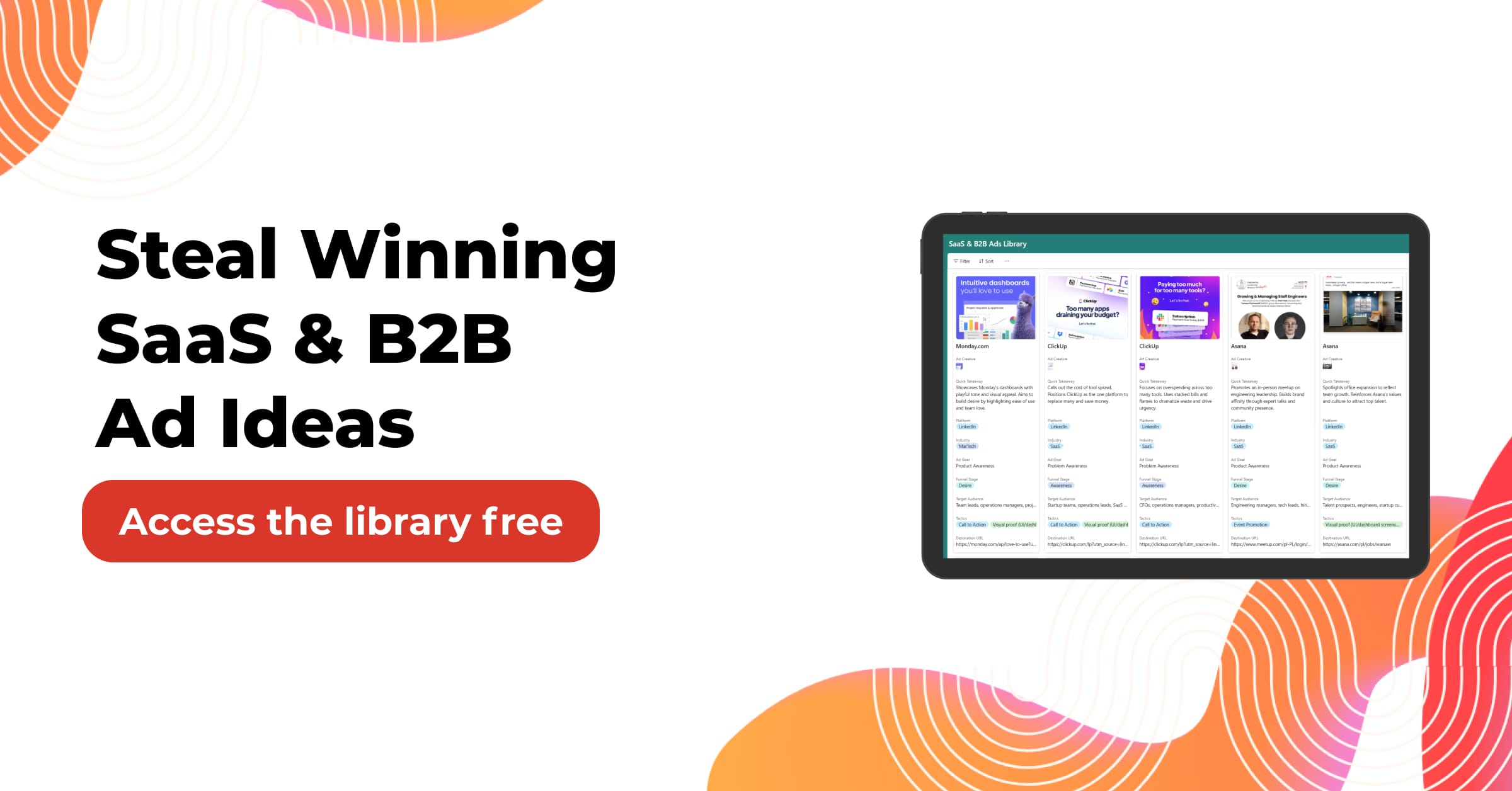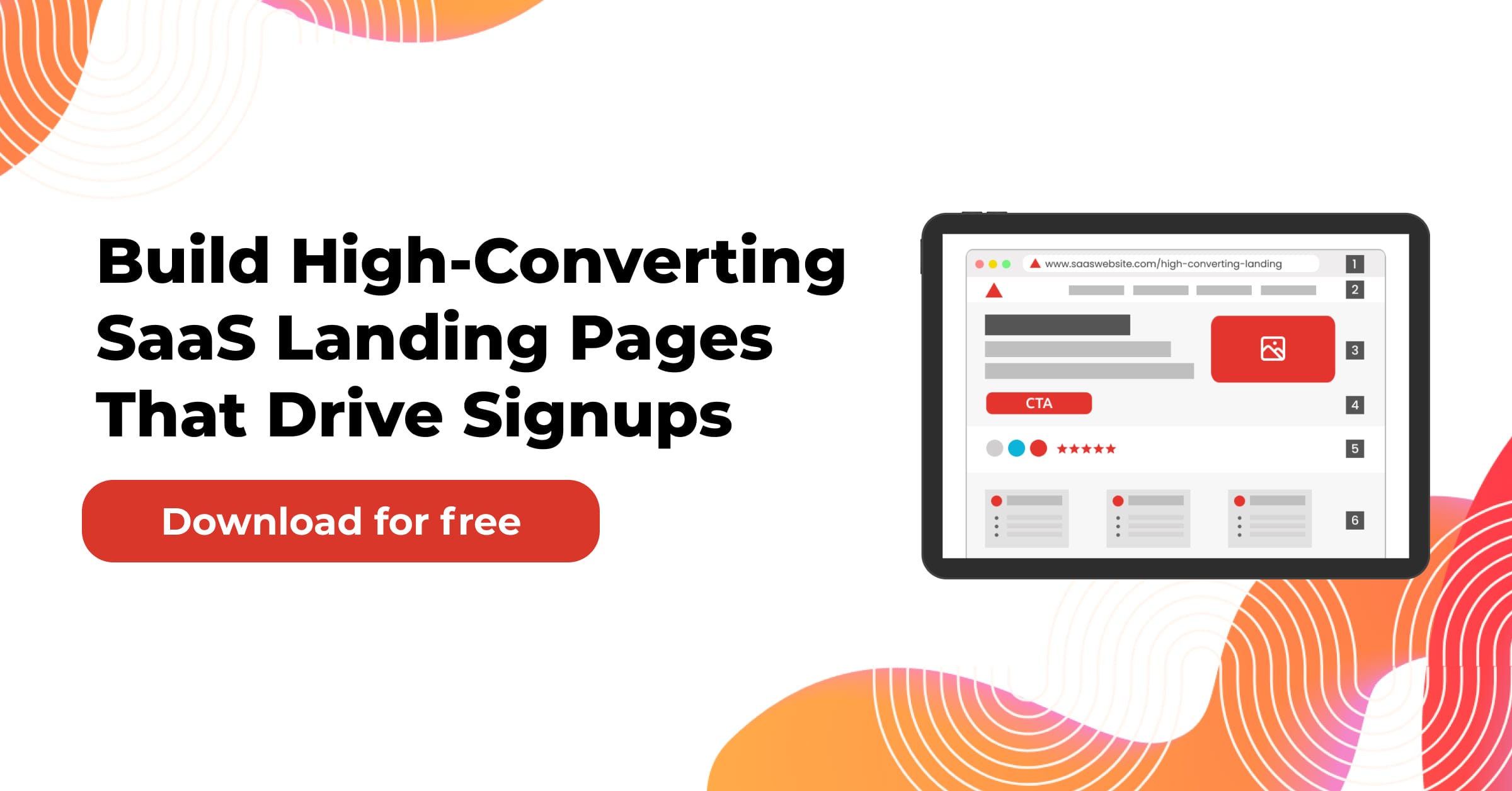What happens when one of the most disruptive minds in tech builds an AI company?
That’s what the whole world is watching with Elon Musk’s latest venture, xAI.
But for SaaS founders, marketers, and product teams, especially those building or scaling with AI, the real question is:
What does xAI mean for us?
Let’s break that down.
Table of Contents
What is Elon Musk’s xAI and Why Should SaaS Teams Care?
Launched in July 2023, xAI is Elon Musk’s response to OpenAI, Anthropic, and Google DeepMind. It’s a team of top researchers and engineers building cutting-edge models—starting with Grok, a chatbot integrated with X (formerly Twitter).
But Musk isn’t just launching another LLM. He’s doing it with a specific vision:
Build AI that is “maximally curious,” with deep reasoning capability, grounded in truth.
This isn’t just PR.
It hints at how xAI might disrupt the AI stack that many SaaS tools depend on.
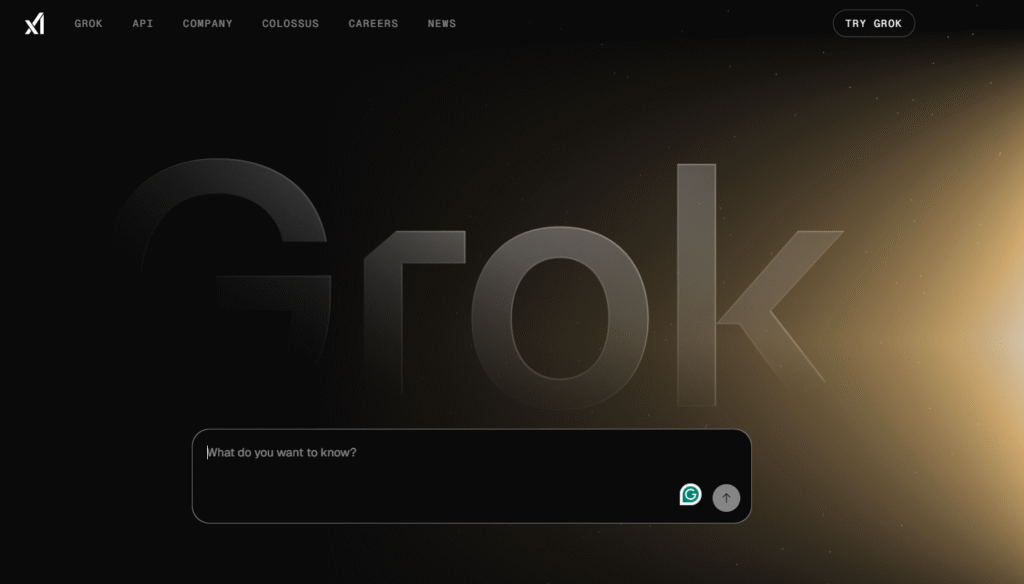
Is xAI Just Another LLM Provider?
Not exactly.
While Grok feels like a ChatGPT alternative, the broader play here is infrastructure.
xAI is building models that could:
- Compete directly with OpenAI’s GPT line
- Power Tesla’s self-driving stack
- Enhance neural interfaces via Neuralink
- potentially serve as backend intelligence for thousands of tools
For AI-powered SaaS, that means options.
You won’t be locked into OpenAI forever.
And if xAI models become faster, cheaper, or better integrated with Musk’s ecosystem (Tesla, X, Starlink), many SaaS platforms may pivot.
What Differentiates Elon Musk’s AI Vision From Others?
Three things stand out:
1. Open-ish Mindset
Musk has openly criticized OpenAI for closing its models and pursuing profits. xAI may offer more transparency or open-source access over time, appealing to dev-first SaaS startups.
2. Truth-Seeking Models
Grok doesn’t just aim for coherence—it aims for truth. This has implications for SaaS tools that rely on data accuracy: news, finance, health, and education.
3. Deep Integration with Musk’s Platforms
Grok is embedded in X today. But imagine what happens when it connects with Tesla vehicles, Neuralink devices, or Starlink data. These integration points could spawn new SaaS categories altogether.
What Makes xAI Interesting for Technical SaaS Teams?
Let’s get into the weeds.
Technical teams evaluating LLMs often look at:
- Context window (how much data a model can “remember”)
- Speed and latency (especially for user-facing apps)
- Cost per request
- Multimodal support (text, code, images, audio)
While OpenAI leads in multimodal and Claude shines at summarization, xAI’s roadmap seems focused on reasoning-first capabilities.
That could mean better performance for SaaS tools solving:
- Complex workflows (legal tech, ops, research)
- Logic-based tasks (code review, financial modeling)
- Cause-effect analysis (e.g., in product analytics or security tools)
How Do You Start Testing xAI?
Grok isn’t broadly available via API yet—but that’s coming.
In the meantime:
1. Create a test bench
Set up a sandbox that lets you run prompts across GPT-4, Claude, Mistral, and (soon) xAI. This gives you apples-to-apples comparisons.
2. Track performance across dimensions
Latency, token usage, accuracy, and “tone fit” for your brand all matter.
3. Watch for ecosystem SDKs
The moment xAI releases SDKs for Python or Node, experiment with a sample app. Many early-stage SaaS tools can ship a “Grok-powered” version of their core workflow just for testing.
Will xAI Affect How SaaS Tools Do Marketing?
Yes—and it already is.
Grok, as a product, is unapologetically bold. It gives sarcastic answers. It feels different.
That tone is part of Musk’s strategy.
For SaaS founders trying to stand out, xAI gives you a unique flavor. A Grok-powered chatbot on your homepage doesn’t just answer questions. It makes your brand feel bolder.
Imagine using Grok as:
- A quirky product tour guide
- A no-BS onboarding assistant
- An “insider” tech support bot for dev-focused users
If your brand wants an edge, Grok gives you voice.
Related Article: https://www.adlabz.co/demand-generation-tools-to-boost-lead-for-saas-growth
What Are the Strategic Risks?
With any Musk-backed product, there are trade-offs.
Brand Alignment Risk:
Grok is not always polite. If your SaaS targets enterprise buyers or regulated sectors, tone matters.
APIs Still in Flux:
Unlike OpenAI’s mature API and dev docs, xAI is still building out tooling. That means more DIY work for early adopters.
Infrastructure Dependencies:
If xAI runs exclusively on Tesla or X servers, deployment flexibility could be limited, especially for SaaS tools operating in healthcare, legal, or regions with strict data laws.
| Feature | OpenAI API | xAI API |
|---|---|---|
| Core Models | GPT-4o, GPT-4o mini, GPT-3.5 | Grok-1 |
| Multimodal Support | Text, audio (speech-to-speech), image, video (planned) | Text only |
| Realtime API | Yes – WebSocket-based, low-latency speech-to-speech with function calling | No |
| Latency (Standard) | ~2.77s avg, up to 6.34s | Not publicly benchmarked |
| Latency (Enterprise) | 99% > 25 tokens/sec via Scale Tier | Unknown |
| Uptime SLA | 99.9% with Scale Tier | Not disclosed |
| Global Availability | Data centers in North America, Europe, Asia-Pacific, South America, Africa | Not publicly disclosed |
| API Rate Limits | Tiered by usage; Scale Tier offers higher throughput | Unknown |
| Enterprise Features | Prompt caching, function calling, fine-tuning, SDKs, security controls | Not publicly documented |
| Security & Compliance | Enterprise-grade security, encryption, and access controls | Not disclosed |
| Deployment Options | Available via OpenAI and Azure OpenAI Service | Not available |
Could SaaS Tools Be Built Entirely on xAI?
Yes, and that’s likely what Musk wants.
Imagine a future stack:
- xAI powers the reasoning
- X provides real-time public data
- Starlink handles remote connectivity
- Tesla or Neuralink hardware becomes an endpoint
This isn’t fantasy, it’s a SaaS model layered on Musk’s infrastructure.
Example: A field ops SaaS tool for logistics companies where Grok coordinates schedules, Starlink connects remote trucks, and Tesla provides vehicle data.
Will xAI Speed Up or Slow Down AI Regulation?
One wildcard: compliance.
Grok is fast and fearless. But regulators are already raising concerns about AI misinformation, deepfakes, and bias.
Musk’s approach may accelerate the need for governance frameworks.
For SaaS founders, this means:
- Stay informed on AI usage disclosures
- Build moderation layers even if the model is “uncensored.”
- Avoid hallucination-prone outputs in high-stakes workflows
Use Case Spotlight: B2B SaaS with a Reasoning Layer
Let’s make it real.
Product: Proposal automation tool for B2B agencies
Old Way: Users answered a form, and templates were populated
New Way with xAI: Grok reads the lead’s website, understands tone, and drafts a pitch, edgy or witty, based on what performs best
This is more than automation. It’s adaptive cognition.
And if Grok can reason like a marketer or strategist, SaaS tools can level up from “doers” to “thinkers.”
What happens when one of the most disruptive minds in tech builds an AI company?
That’s what the whole world is watching with Elon Musk’s latest venture, xAI.
But for SaaS founders, marketers, and product teams, especially those building or scaling with AI, the real question is:
What does xAI mean for us?
Let’s break that down.
What is Elon Musk’s xAI and Why Should SaaS Teams Care?
Launched in July 2023, xAI is Elon Musk’s answer to OpenAI, Google DeepMind, and Anthropic. It’s building foundational models, starting with Grok, a chatbot embedded inside X (formerly Twitter).
But Musk isn’t just building another chatbot. He wants to create:
“A maximally curious AI system that seeks the truth.”
That mission hints at a model that could influence SaaS infrastructure on a global scale, from backend logic to user-facing experiences
Is This Just Another ChatGPT Clone?
Not quite.
While Grok performs similar tasks, summarizing content, answering queries, and generating ideas, xAI is aiming higher. Its long-term vision includes:
- LLM competition at OpenAI scale
- Integration across Tesla’s full self-driving stack
- Use in Neuralink’s brain interfaces
- Leveraging Starlink for global deployment
If you’re building SaaS today, it’s not just about the chatbot—it’s about whether this new infrastructure becomes foundational.
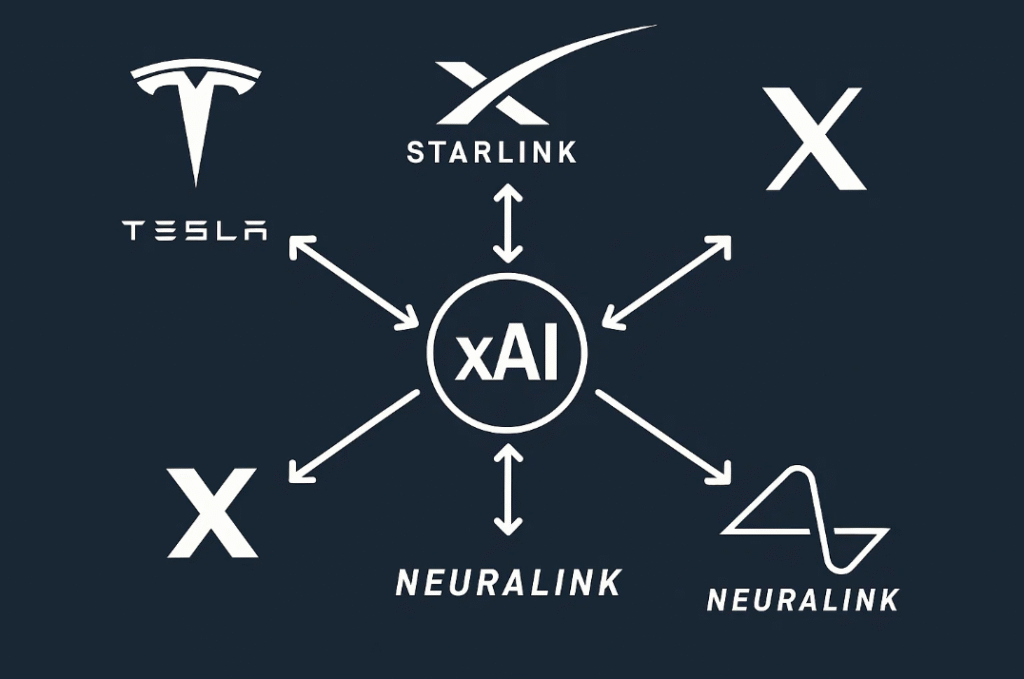
How Is Elon Musk’s Approach to AI Different?
Here’s where it gets interesting for SaaS builders.
1. Data Philosophy
xAI may use real-time data from X-X-X-something that no other model has access to. That means faster, culturally relevant answers for real-time applications.
2. Tone and Personality
Unlike OpenAI’s diplomatic tone, Grok is bold—even sarcastic. For some SaaS tools (especially in consumer or creative categories), that voice might be a brand asset.
3. Decentralized Edge Compute
With access to Tesla’s chips and Starlink’s infrastructure, xAI might offer more global, decentralized compute models, great for SaaS teams scaling into regions with data latency or privacy concerns.
What Are the Competitive Advantages for SaaS Teams?
Let’s talk edge.
1. Alternative to Big Tech Lock-In
Many SaaS companies rely on OpenAI through Microsoft Azure. If pricing, throttling, or policy changes affect your business, xAI could be a strong fallback or primary option.
2. Cost Efficiency
Musk controls chips (Tesla Dojo), satellites (Starlink), and infrastructure (X). This vertical integration could allow xAI to offer more compute at lower prices—eventually undercutting OpenAI and Anthropic.
3. First-Mover Benefit in Ecosystem
If your SaaS integrates early with xAI and the ecosystem gains traction, you’ll own first-party access and brand position before competitors catch up.
| Model | Input Cost | Output Cost | Context Length | Notes |
|---|---|---|---|---|
| OpenAI GPT-4o | $0.0025 | $0.0100 | 128K | Cost-effective option. |
| OpenAI GPT-4o Mini | $0.00015 | $0.0006 | 128K | Premium model for complex tasks. |
| OpenAI GPT-4.5 | $0.075 | $0.150 | 128K | Advanced reasoning capabilities. |
| Claude 3.7 Sonnet | $0.003 | $0.015 | 200K | Fast and cost-effective. |
| Claude 3.5 Haiku | $0.0008 | $0.004 | 200K | Designed for complex tasks. |
| Claude 3 Opus | $0.015 | $0.075 | 200K | Designed for complex tasks . |
| xAI Grok-1 | N/A | N/A | Unknown | No public API pricing available. |
What About Privacy and Data Use?
This is where you need to dig into the fine print.
Elon Musk has spoken about truth, transparency, and anti-censorship. But none of that guarantees privacy-by-design for enterprise applications.
Questions you should ask:
- Will xAI store or retain chat history?
- Can models be isolated in VPC environments?
- Is HIPAA or SOC2 compliance on the roadmap?
SaaS founders in regulated industries should wait until these details are public before integrating into production environments.
📸 Image suggestion: Compliance checklist comparing OpenAI, Google AI, Anthropic, and xAI (as announced/planned).
What Developer Tooling Should You Expect?
Musk has a dev-first reputation, but xAI is still early.
That said, we can expect:
- API access with flexible token limits
- Python SDKs (likely first)
- Real-time integration with X data streams
- Tooling for prompt management, latency control, and sandbox testing
If your SaaS team is building modularly (i.e., allowing LLM switching), expect a smoother transition once xAI APIs open.
How Should SaaS Teams Prepare to Transition?
If you’re curious but not ready to commit, here’s a step-by-step path:
Step 1: Abstract your AI layer
Don’t hardwire prompts or output parsing into your product logic. Use wrappers that can support multiple models.
Step 2: Run shadow tests
As soon as xAI APIs are public, run the same prompts across GPT, Claude, and Grok. Compare performance on latency, tone, hallucination, and cost.
Step 3: Start non-critical use cases
Add Grok to a help widget. Use it for internal data summaries. Slowly move toward production use cases once you’re confident.
Step 4: Monitor API stability and roadmap
Early models change fast. Expect versioning, endpoint shifts, and bugs. Don’t roll out broadly until stability matches your SLAs.
Will xAI Replace OpenAI in SaaS?
Unlikely in the short term—but in the long run?
It depends.
SaaS tools don’t care about ideology. They care about:
- Model quality
- Uptime
- Pricing
- Safety
- Fine-tuning options
If xAI wins on those metrics, while offering a distinct tone and Musk’s full infrastructure, it could earn its seat.
📸 Image suggestion: Pie chart showing current model usage in SaaS (GPT-4, Claude, Mistral, Google Gemini) and projected adoption scenarios with xAI.
Long-Term Bets: What Happens If xAI Becomes Core Infra?
If Grok powers Tesla, X, and Starlink, here’s how SaaS changes:
- New developer platforms emerge: xAI as backend-as-a-service
- xAI fine-tuned models tailored for specific industries (legal, edtech, ecomm)
- Musk introduces vertical SaaS competitors leveraging xAI natively
This could also push traditional SaaS providers to:
- Double down on their model training
- Invest in local LLMs for full control
- Focus more on distribution than AI novelty
Final Thought
If you’re building a SaaS product today, the smartest move isn’t betting on one model.
It’s building for optionality.
Elon Musk’s xAI might become a serious player. Or it might fizzle.
But if you prepare your stack to be flexible, experiment early, and follow the ecosystem, your product will stay resilient, no matter which LLM dominates.
Because at the end of the day, your customer doesn’t care what model powers your tool.
They care that it works. Feels fast. Sounds smart. And solves the real problem.
You might also be interested:


